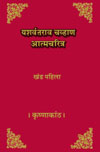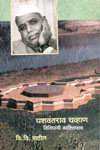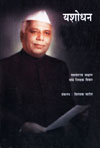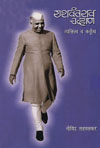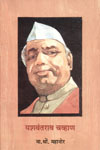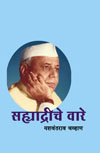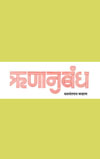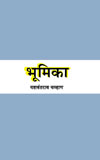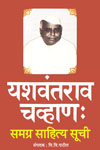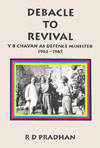4
Food subsidy inevitable
Under Article 176(1) of the Constitution of India, the Governor addressed both the Houses at a joint meeting in the Assembly Hall on 10 May 1952. At the conclusion of the address Shri K. K Shah moved a Motion of Thanks to the Governor for the Address. During the discussion which took place on 9 and 10 May 1952, the members drew the State Government’s attention to the rise of prices and the insufficient subsidy given by the Government of India. Shri Chavan. Minister for Civil Supplies, explained * the reasons for the rise in food prices, and the effect of the food prices on the cost of living in Bombay and other places. He observed that the question of subsidy arose out of the necessity of keeping parity between world food prices and Indian food prices.
----------------------------------------------------------------------------------------------------------------------------------------------------------------------------------------------Mr Speaker, Sir, it is a happy coincidence that when in this House we are discussing His Excellency’s speech and also when our minds are focussed on the main question, namely, the question of the food subsidy, the Government of India, on a reconsideration of the whole question, has come out with a decision declaring a special subvention of Rs 2 per Bengal maund, further subsidising the milo which is popularly known as the poor man’s food. I know that for the last few days the mind of everyone of us was greatly exercised over this question and other questions, for example what is this subsidy, why has the Government of India withdrawn this subsidy, why cannot the Government of Bombay restore the subsidy, if the Government of India is not coming forward with the subsidy what are we going to do, etc. These were the questions which were agitating the minds of us all here. I do not propose to reply to every query or to every point because it is not humanly possible to do so. I am only going to put before the House certain information and leave it to the House to judge the whole situation.
Sir, it is necessary to trace in brief, if possible, the history of this subsidy. The question of a subsidy arose for the first time in India in 1946. Even before that, in 1943, the Government of India had to import food from abroad. But then the world prices of food and the prices of food in this country were almost at the same level. But when in 1946 the world prices of foodgrains began to rise sharply, there arose a certain disparity between the prices in this country and the world prices. Just to remove this disparity the Government of India decided to step in and to subsidise, if possible, the imported food with a view to maintaining parity between the two sets of prices. So, from 1946 onwards right up to March 1952, we have this, what I may call, a tragic tale of subsidies in this country. For some time, the Government of India shouldered the whole burden of the subsidy. Then they started sharing it with the State Governments sometimes in the proportion of 3 : 2, 4 : 1 and so on, and now they have thrown the whole burden on the State Government. This is how the question of subsidies came in. Here I may point out one thing, that in spite of the rising trend of the world prices of food we had to import food from abroad and our aim was to supply food to the people in this country at a reasonable price, and that is why the Government had to subsidise food in order to maintain parity between the world prices and the prices of food in this country. The present rise of prices in this State is not entirely due to the withdrawal of the subsidy. This year, again, the tendency of the world prices of food was to go up. There was a sharp rise in the world prices of food. So, the present rise in the prices of food in this country is due to two factors. One factor is, of course, the withdrawal of the subsidy; and the second factor is the rise in the world food prices and the rise in shipping freight, handling charges, and so on.

